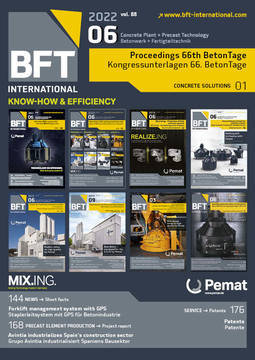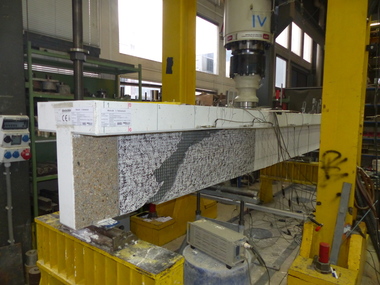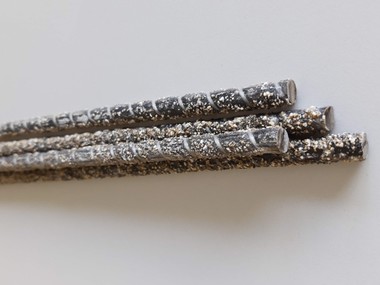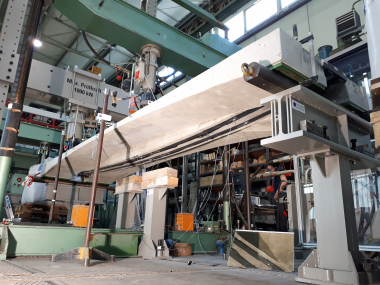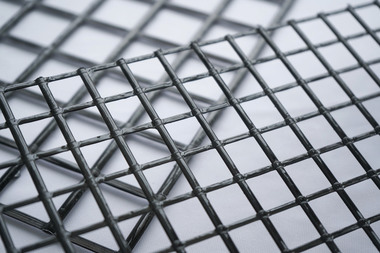Load-bearing behavior of carbon-reinforced concrete slabs – Innovative use of optical measurement methods
In the future, the construction industry will have to resort to alternative building materials owing to the high carbon emissions associated with the cement production process. Using non-corrosive carbon reinforcement makes it possible to reduce the concrete cover in reinforced concrete components to a minimum, which results in more slender and durable structures.
The construction of parking facilities is one of the key areas of application of structural concrete components with corrosion-resistant reinforcement due to the prevailing freeze-thaw impact. Concentrated loads need to be considered in their design because of the significant mechanical actions created by the wheel loads of vehicles. Adequate tests are necessary for deriving realistic engineering models for the design of such elements in order to ensure the widespread use of the new composite material in construction practice.
DAfStb Volume 631 includes rules for determining the internal forces of slabs subject to concentrated loads in reinforced concrete construction. Their design considers a structural member with an effective width that reflects load propagation with sufficient accuracy. No tests have been performed yet of the transfer of concentrated loads in carbon-reinforced concrete slabs.
Experimental tests were carried out on simply supported single-span slabs made of carbon-reinforced concrete using a camera-based measurement method. Correlation of the images with large-scale, non-contact deformation measurements succeeded in determining the load propagation pattern. The slab width was identified as the key parameter in this regard.
A proposal for determining the effective width for concrete slabs with carbon reinforcement that considers all relevant parameters was derived from the existing rules for steel-reinforced slabs. This paper also outlines a proposal for the latter that adjusts the existing approach to large slab widths. Application of the derived equations now results in greater effective widths.



